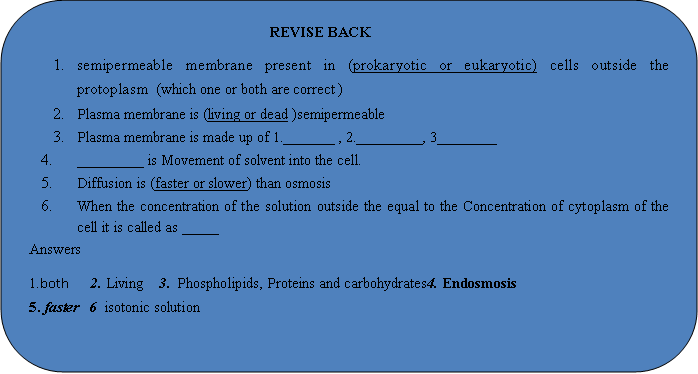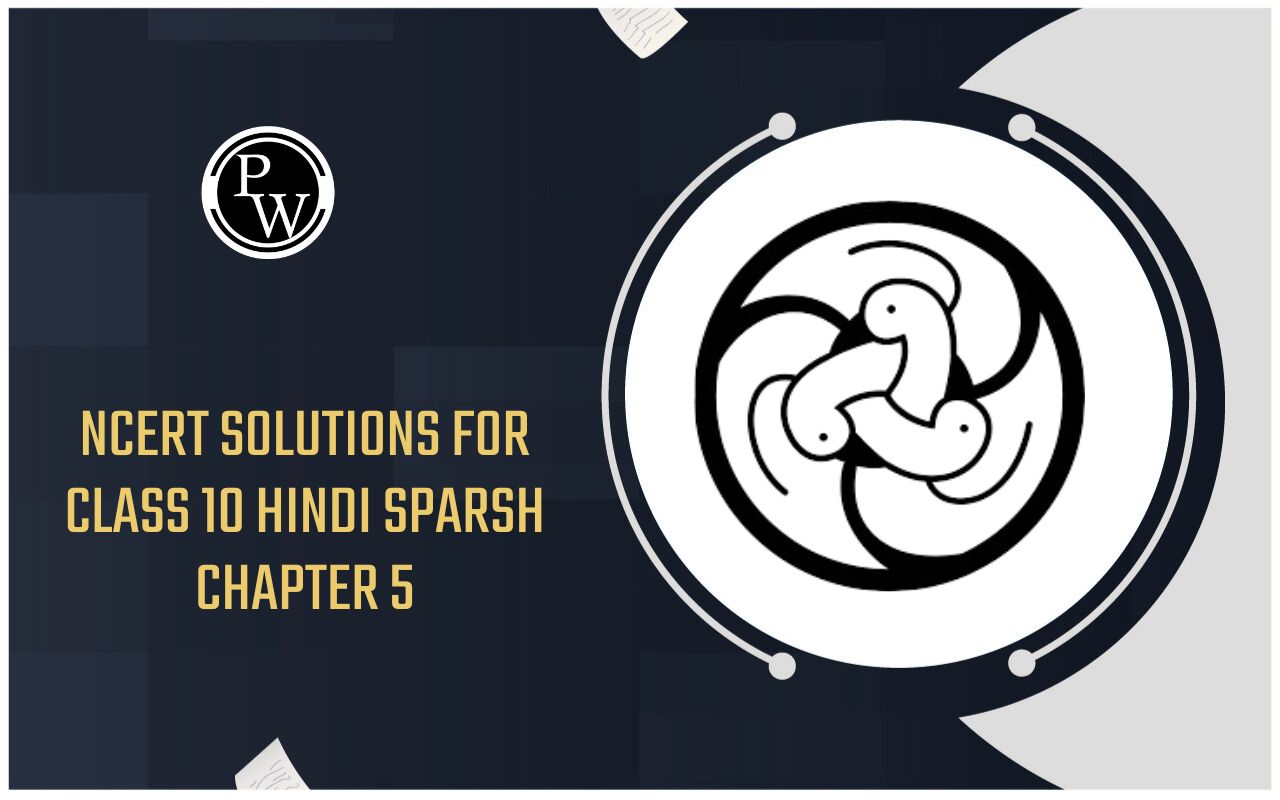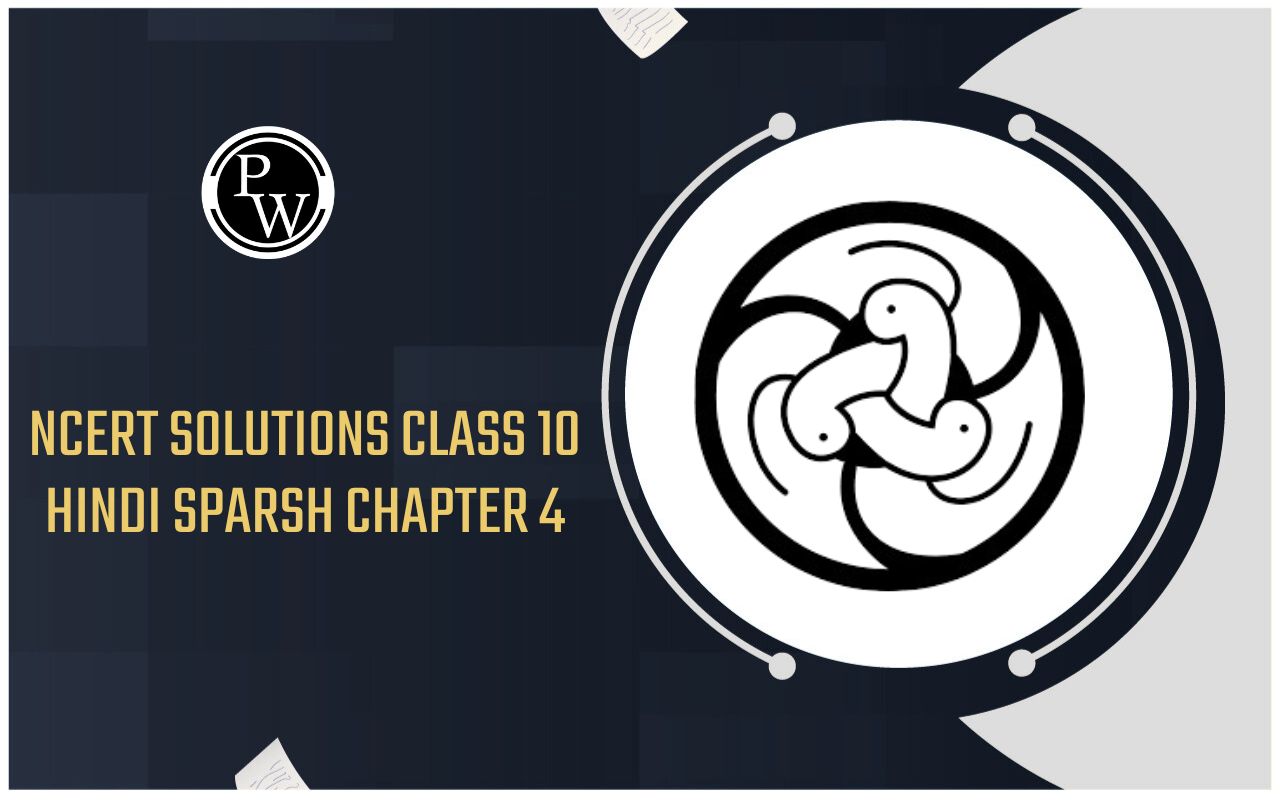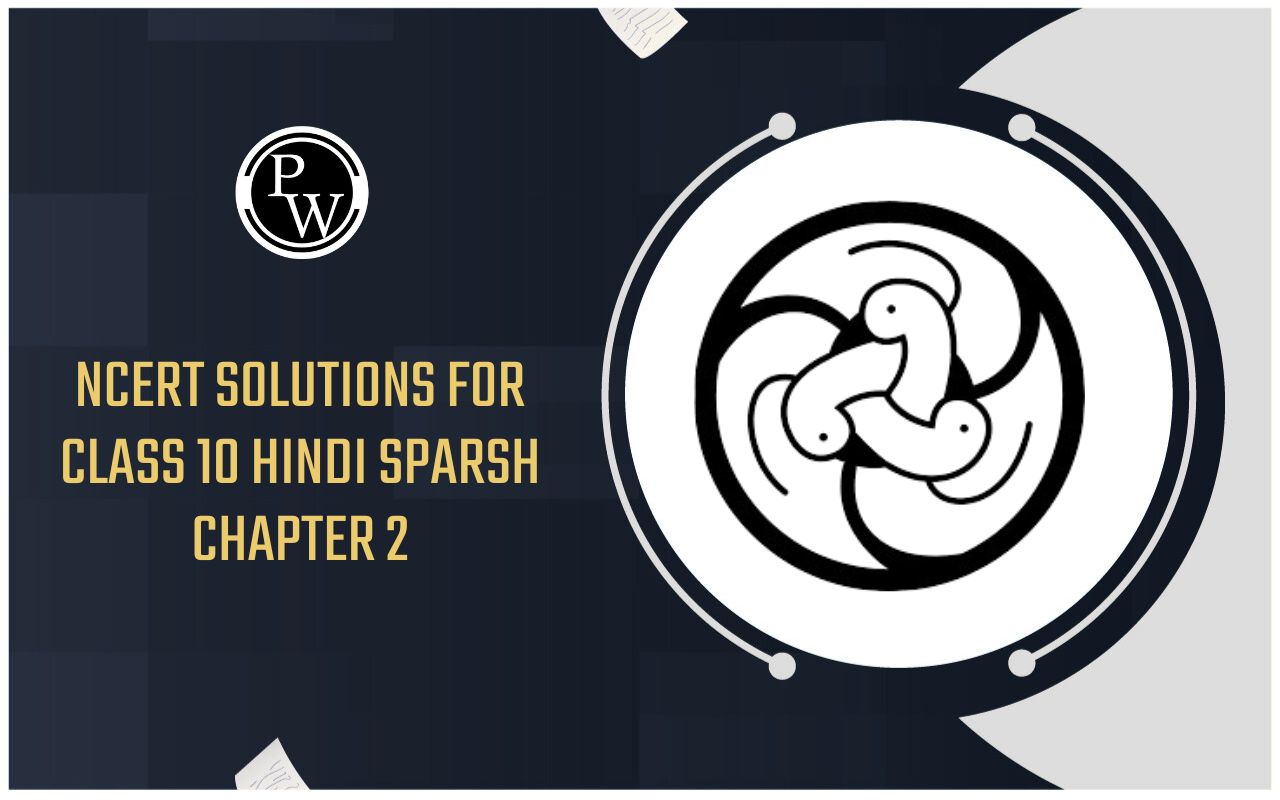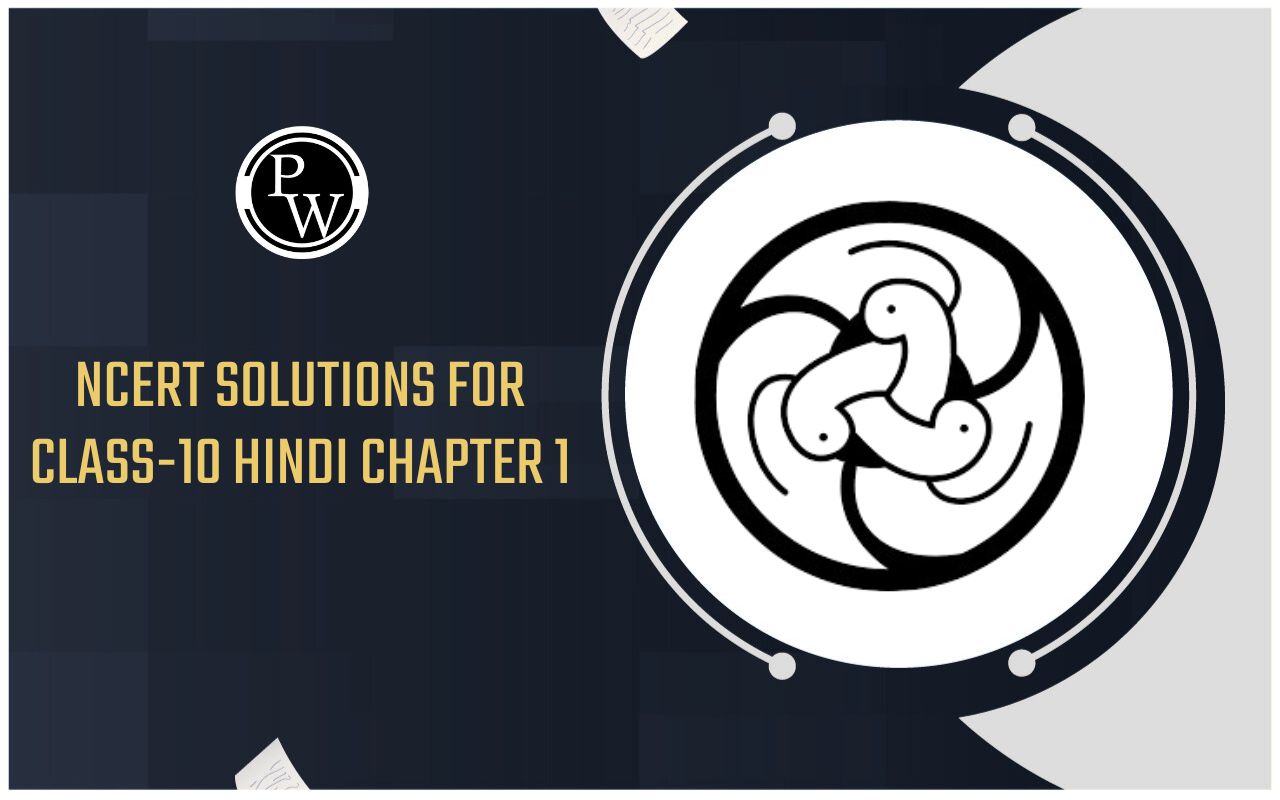
CELL MEMBRANE
Cell of Class 9
CELL MEMBRANE
It is a thin, transparent, elastic, regenerative and semipermeable membrane present in both prokaryotic and eukaryotic cells outside the protoplasm. It is also called cell membrane or plasma lemma.It lies inner to cell wall, actually representing the outermost layer of the protoplast.
Plasma membrane is living, dynamic and semipermeable. It is selectively permeable, controlling the movements of various dissolved substances in and out of cell.
STRUCTURE
Plasma membrane is made up of Phospholipids, Proteins and carbohydrates.
Thickness of plasma membrane is - 75 Å.
Trilamellar model/Sandwich model of plasma membrane was proposed by - Danielli & Davson (1935).
In sandwich model of plasma membrane the bimolecular lipid zone (35 Å thick) is sandwiched between two protein layers (20 Å thick each).
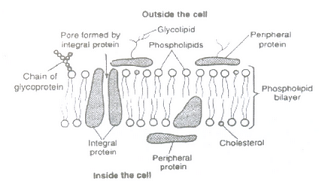
FUNCTION OF PLASMA MEMBRANE:
Plasma membrane is a semipermeable or selectively permeable membrane which regulates the exchange of materials between the cytoplasm and extracellular fluid (ECF).
It is a dynamic membrane whose permeability varies. Its permeability involves a number of processes like passive transport (of minerals and microbiomolecules) and endocytosis (intake of macrobiomolecules).
PM also forms a mechanical barrier to protect various protoplasmic structures.
Plasma membrane performs the same function in plant cell and animal cell.
Transportation of molecules across the plasma membrane: This can be done by following ways:
- Diffusion: Movement of solutes or ions from higher concentration to lower concentration is called as diffusion. It does not require energy therefore it is called as passive transport.
- Osmosis: The movement of solvent or water from higher concentration (solvent) to lower concentration (solvent) through a semipermeable membrane is called as osmosis. Or The movement of solvent or water from lower concentration to higher concentration of solution through a semipermeable membrane is called as osmosis. Osmosis can also be called as diffusion of solvents”.
- Endosmosis: Movement of solvent into the cell is called as Endosmosis.
Importance of osmosis
Unicellular fresh water organisms and most plant cells gain water through osmosis. Absorption of water by plant roots is an example of osmosis.
Differences between diffusion and osmosis
|
S. No. |
Diffusion |
Osmosis |
|
1. |
Diffusion takes place in all media. |
Osmosis occurs only in liquid medium. |
|
2. |
It is the movement of atoms and molecules from the area of higher concentration to the area of its lower concentration. |
It is the movement of water from the area of its higher concentration to the area of its lower concentration. |
|
3. |
It does not require a semi-permeable membrane. |
It requires a semi-permeable membrane. |
|
4. |
In diffusion, molecules may diffuse in any direction. |
The flow of molecules occurs in one direction only. |
|
5. |
Diffusion is faster than osmosis. |
Osmosis is relatively slower than diffusion. |
|
6. |
Diffusion may disperse molecules over a very long distance. |
Osmosis generally occurs over a short distance. |
Types of solution on the basis of concentration:
- Isotonic solution: When the concentration of the solution outside the cytoplasm of the cell it is called as isotonic solution.
- Hypertonic solution: When the of concentration of the solution outside the cell is more than that inside the cell. Due to this cell looses water and becomes plasmolysed.
- Hypotonic solution: When the of concentration of the solution outside the cell is lesser than that of cytoplasm of cell. Due to this cell swells up and bursts.
The flow-chart summarizing transport of materials across the plasma membrane is given below:-
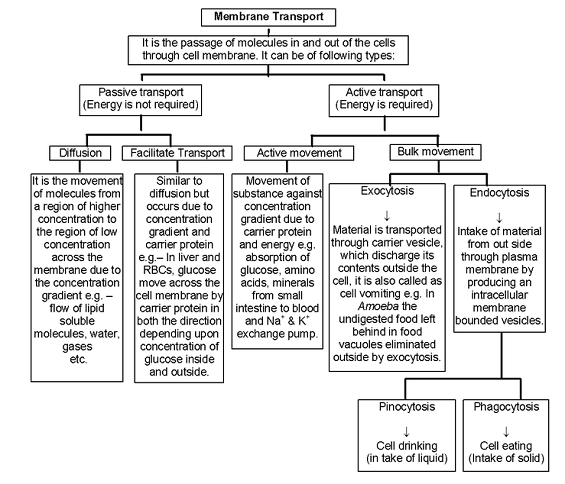
They have great tensile strength, flexibility and elasticity which enable plant organs to withstand a variety of strains and tensions caused by the action of gravity, wind, etc.
- Fibres are long, narrow, thick and lignified sclerenchyma cells, usually with pointed or blunt ends. In transverse section, they appear rounded or polygonal in outline with a well defined lumen.
- Pits are few and simple, except fibre tracheids.
- Fibres are always found in sheets.
- Fibres are perhaps the longest cells among plant kingdom.
